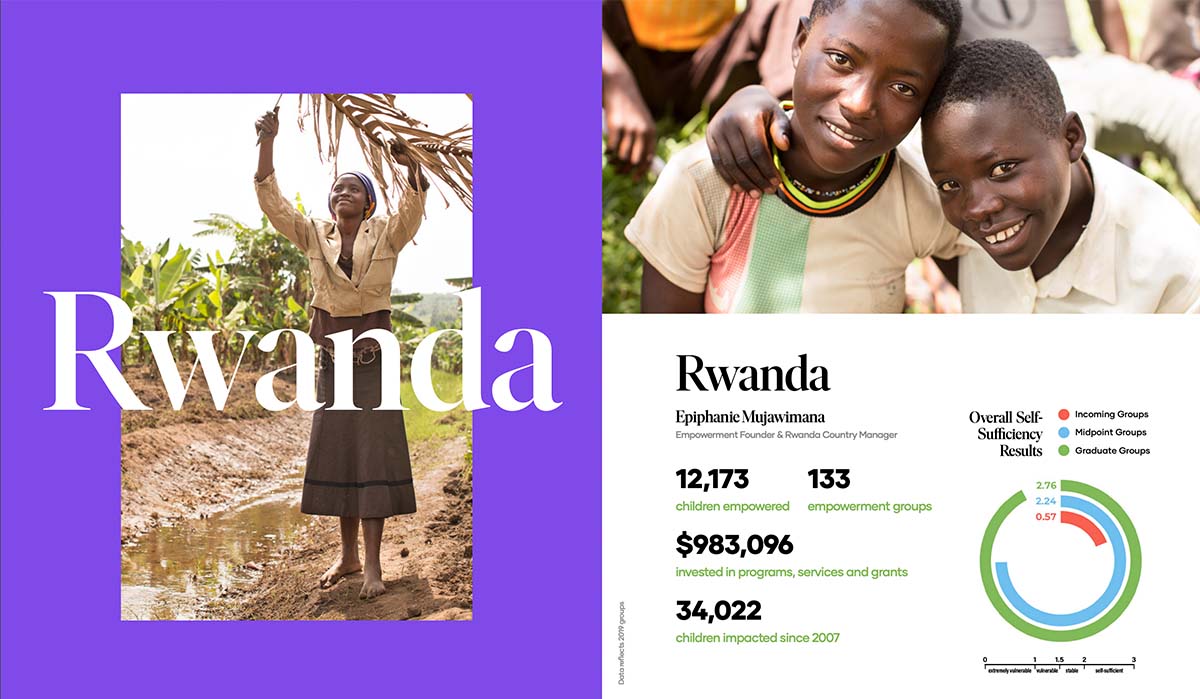Do you know that a peer-to-peer network can be one of the strongest fundraising tools in your kit? When people work together, using social proof and a little friendly competition, to generate donations, your organization can reap the rewards of this team effort.
Peer-to-peer fundraising is a method of raising funds that uses the power of interpersonal relationships to multiply the impact of a campaign. The GiveWP Peer-to-Peer Fundraising Solution allows your donors to form teams and gamify fundraising.
But it takes more than just a few people to get their community to donate with them; a true P2P effort needs direction and planning. The best P2P campaigns are rooted in goals and measurables that will help you track success and inspire future campaigns.
Here’s a guide to help you get started with peer-to-peer network fundraising and how to help your community get involved.
Measuring Success
Before launching a P2P fundraising campaign, it’s important to set some goals – and measurables for success. Creating a set of key performance indicators will help you pinpoint what you want to do and connect those with measurable outcomes.
The key performance indicators you outline for peer-to-peer campaigns can mirror overall KPIs but may include new success metrics.
KPIs for P2P campaigns may include:
- Fundraising Revenue: The total amount of money raised through a peer-to-peer campaign is a direct measure of financial success.
- Participant Engagement: Keep track of how many participants actively engage with the campaign, including signing up, creating fundraising pages, and sharing pages on social media.
- Participant Recruitment: The number of new participants recruited by existing participants to measure the campaign’s reach and the effectiveness of peer-to-peer advocacy.
- Average Donation: Calculate the average contribution per donor.
- Conversion Rate: The percentage of visitors to fundraising pages who donate to track the effectiveness of fundraising pages and calls to action.
- Social Reach and Engagement: Shares, likes, comments, and other interactions on social media platforms related to gauge visibility and engagement.
- Peer-to-Peer Networks: Number of donors recruited by participants and their connections better to understand the reach and influence of individual participants.
- Time to Fundraise: How long it takes for participants to reach their fundraising goals.
- Cost per Dollar Raised: Calculate the cost associated with running the campaign and acquiring each dollar raised.
- Peer-to-Peer Referrals: Track the number of new participants or donors acquired through referrals from existing participants.
- Top Fundraisers: Identify and recognize the participants who raise the most funds to encourage healthy competition and motivate continued participation.
What’s most important about all of these KPIs is that you can measure and track success and then share that information with supporters.
Showcasing Impact and Gratitude
To encourage continued participation in Peer-to-Peer campaigns, it is important for your team to support these efforts with continued communication about the impact of their efforts. You can encourage greater involvement in current and future campaigns by sharing success stories.
Impact Reporting
One of the biggest drivers for many donors is knowing that they are making an impact on a cause that is important to them. While there are many ways to showcase the impact your organization is making, impact reports focus on data. An impact report provides current and potential donors with easily digestible metrics to understand where their money is going and how it is being used.
A post-campaign impact report should tell your fundraisers about the impact their peer-to-peer campaign had on the organization and the community it benefits. For a peer-to-peer campaign, it’s also important to call out teams, captains, individual fundraisers, and new donors!

You should also take any opportunity you can to thank supporters and donors for their work and contributions during and after the campaign. According to Double the Donation, one of the most significant reasons that donors stop interacting with or giving to an organization is because they don’t feel appreciated.
Renewing your focus on your donor appreciation strategy can go a long way toward retaining your network. These small efforts can ensure donors and participants feel more connected to the P2P campaign and better associate your organization with the people or teams fundraising on your behalf.

By sharing donor stories, updates about the campaign, and some of the KPIs mentioned above, you can establish a better community connection to your fundraiser. Further, ensure that your images, graphics, and videos show some of the real people out there generating donations on your behalf. This can further emphasize the connectivity of a peer-to-peer network.
Finally, remember to offer frequent and public thank yous! Regarding fundraising, a little gratitude can go a long way.
Case Study and Research
Social giving works for a handful of reasons tested by hundreds of campaigns over time. While they often generate smaller individual donations, P2P campaigns can generate more donors from people who may be brand new to your organization.
People who donate through a peer-to-peer network campaign report the top motivations for participation include:
- Ease of giving, particularly with online platforms where it only takes a few clicks to make a contribution
- Social proof helps people join the same campaigns and networks as friends and family, helping you connect with new donors
- Impact matters more than recognition, making campaign storytelling vital to P2P success
- P2P donors are likely to give again, whether it is to other campaigns or for the same cause
The American Diabetes Association raised nearly $180,000 in a socially-based peer network fundraiser on Facebook. They launched a Walk Your Pet fundraiser to showcase the power of movement in the fight against diabetes while asking participants to generate donations for their walking goals. The simple fundraiser is a repeatable plan that almost any nonprofit organization can replicate.
And it worked! Not only did they raise significant funds, but they generated more than 12,000 leads to help power future fundraising efforts as well.
Get Started with P2P Fundraising Today
GiveWP has powerful P2P Fundraising tools that allow you to make the most of a peer-to-peer network and maximize giving and impact. The P2P add-on works with GiveWP on your WordPress website, making it easy for anyone to share personalized fundraising pages.
Learn more about this add-on or schedule a demo to see all of the features of GiveWP to fuel online giving for your organization.


